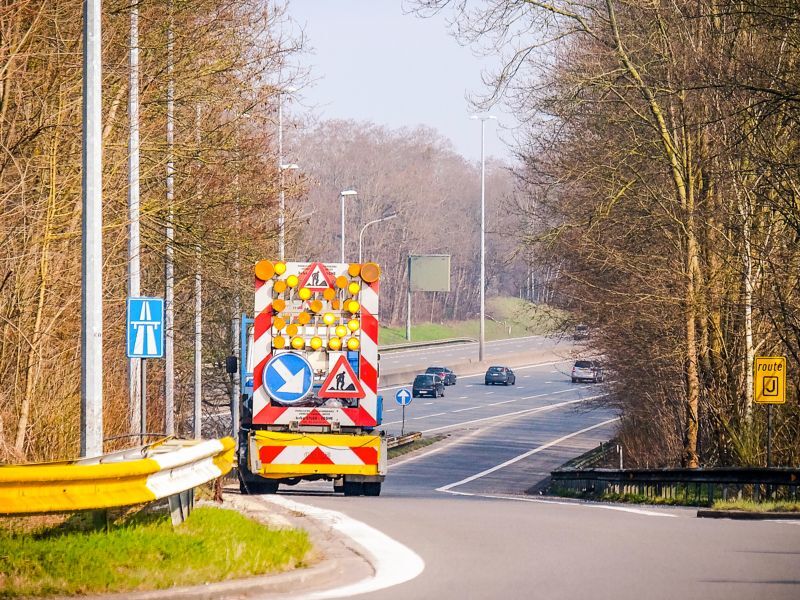STREAMS
23058
From 2025 to 2027
STREAMS is an imec.icon project that aims to improve traffic safety around roadworks, especially for vulnerable road users (VRUs) such as cyclists and pedestrians. TML will assess policy impact and safety outcomes through interaction analyses, simulations, and impact assessments, translating these into guidelines and policy advice for governments and operators.
The STREAMS (Safe Traffic and Road Evaluation, Analysis and Monitoring System) project combines advanced multimodal sensing (RGB, thermal, and LiDAR), AI-driven analysis, crowd-sourced insights, and traffic simulations to detect and predict safety risks, monitor infrastructure degradation, and integrate real-time data into traffic management systems. Its ambition is to create a comprehensive monitoring and decision-support system that prevents, mitigates, and remedies the risks and disruptions caused by roadworks.
Within this consortium, TML will play a key role in assessing policy impact and safety outcomes. To this end we will
The STREAMS (Safe Traffic and Road Evaluation, Analysis and Monitoring System) project combines advanced multimodal sensing (RGB, thermal, and LiDAR), AI-driven analysis, crowd-sourced insights, and traffic simulations to detect and predict safety risks, monitor infrastructure degradation, and integrate real-time data into traffic management systems. Its ambition is to create a comprehensive monitoring and decision-support system that prevents, mitigates, and remedies the risks and disruptions caused by roadworks.
Within this consortium, TML will play a key role in assessing policy impact and safety outcomes. To this end we will
- analyse micro-level interactions between road users,
- define VRU safety parameters,
- conduct simulations and impact assessments on congestion, safety, and emissions, and
- translate these findings into practical guidelines and policy advice for governments and operators.


